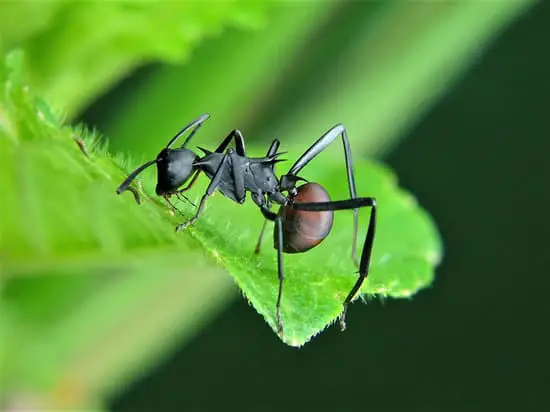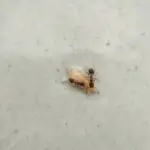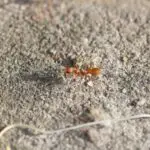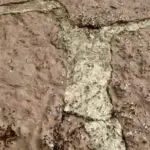Why Do Ants Create Ant Hills?
Among the many reasons why ants create ant hills is to create a safe and protected environment for the queen and colony. They also use mounds as a defense against predators. Some ants also use their mounds to regulate the temperature of the nest.
Ants build ant hills when they find a perfect location for their nest. Some ants create soft, low hills while others create elaborate towers of soil. These structures vary in design, and the contents of the nest are determined by the geographic location of the colony.
The interiors of ant hills are chambers, tunnels and pathways that allow the workers to carry food, eggs and waste material to other areas. They also serve as nurseries for ant larvae.
Some ants create elaborate mounds that extend up to twenty meters. These are called Formica ant mounds. These mounds are built with pine needles and other woodland materials.
They can also build a super long singular tunnel. The Western Harvester ant, for example, creates a tunnel that extends up to fifteen feet. Other ant species create similar structures.
The workers ants carry the soil and debris outside the nest with their mandibles. They also build chambers where they can rest. They also create compartments for the queen eggs to rest.
These mounds can also be built on top of a log or other solid objects. Sometimes, they can appear as a large mound on your lawn.
Ant hills are often built near trees and are often used as a defense against predators. Some species of ants build small, round hills while others build elaborate towers of soil.








